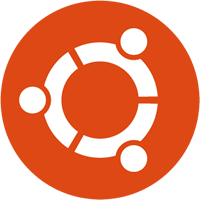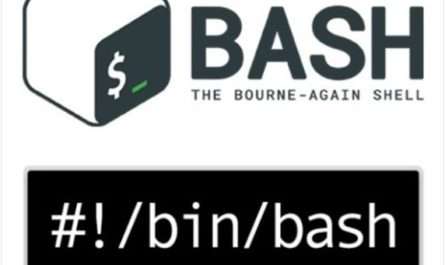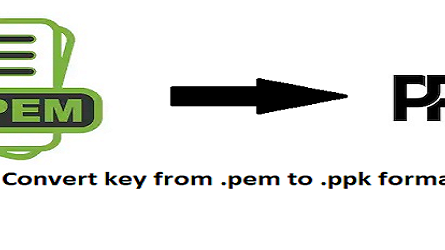Security is a fundamental aspect of any digital system, and two critical components ensuring data protection are Authentication and Authorization. These two concepts work together to safeguard systems and control access to sensitive resources. In this blog, we will explore their differences, importance, and best practices for implementing them.
Authentication: Verifying Identity
Authentication is the process of verifying the identity of a user or system. It ensures that the entity trying to access a system is who they claim to be.
Common Authentication Methods
- Password-Based Authentication – Users provide a username and password to gain access.
- Multi-Factor Authentication (MFA) – Combines two or more authentication factors, such as a password and a one-time code.
- Biometric Authentication – Uses unique biological traits like fingerprints or facial recognition.
- Single Sign-On (SSO) – Allows users to authenticate once and gain access to multiple applications.
- OAuth and OpenID Connect – Token-based authentication protocols for securing web and API access.
Authorization: Granting Permissions
Authorization determines what actions a user or system can perform after authentication. It enforces policies to control access to resources based on predefined permissions.
Types of Authorization Models
- Role-Based Access Control (RBAC) – Assigns permissions based on user roles (e.g., admin, editor, viewer).
- Attribute-Based Access Control (ABAC) – Uses attributes like user location, device type, and security clearance.
- Discretionary Access Control (DAC) – Users can set permissions for their resources.
- Mandatory Access Control (MAC) – A strict policy where only administrators define access levels.
Authentication vs. Authorization: Key Differences
| Feature | Authentication | Authorization |
|---|---|---|
| Purpose | Verifies identity | Grants access permissions |
| Performed Before | Always | Only after authentication |
| Controls | Who can access the system | What actions a user can perform |
| Example | Login with username and password | Allow access to admin panel |
Best Practices for Secure Authentication and Authorization
- Use Strong Password Policies – Require complex passwords and implement password rotation.
- Enable Multi-Factor Authentication (MFA) – Adds an extra layer of security beyond passwords.
- Implement the Principle of Least Privilege (PoLP) – Users should only have permissions necessary for their tasks.
- Regularly Audit Access Logs – Monitor authentication and authorization events to detect anomalies.
- Utilize Secure Tokens – Use JWTs (JSON Web Tokens) or OAuth tokens for secure API authentication.
- Enforce Session Management Policies – Implement session timeouts and automatic logouts for inactive users.
- Adopt Zero Trust Security Model – Continuously verify users and devices before granting access.
Conclusion
Authentication and authorization are foundational security mechanisms in any system. While authentication ensures that a user is legitimate, authorization defines what they can do. Implementing strong security practices for both ensures a robust defense against unauthorized access and data breaches.
By understanding and applying these principles effectively, organizations can significantly enhance their cybersecurity posture and protect critical resources from potential threats.





